A Tiny Bird Whose Breast Is Proudly Emblazoned In Shades Of Fiery Orange!
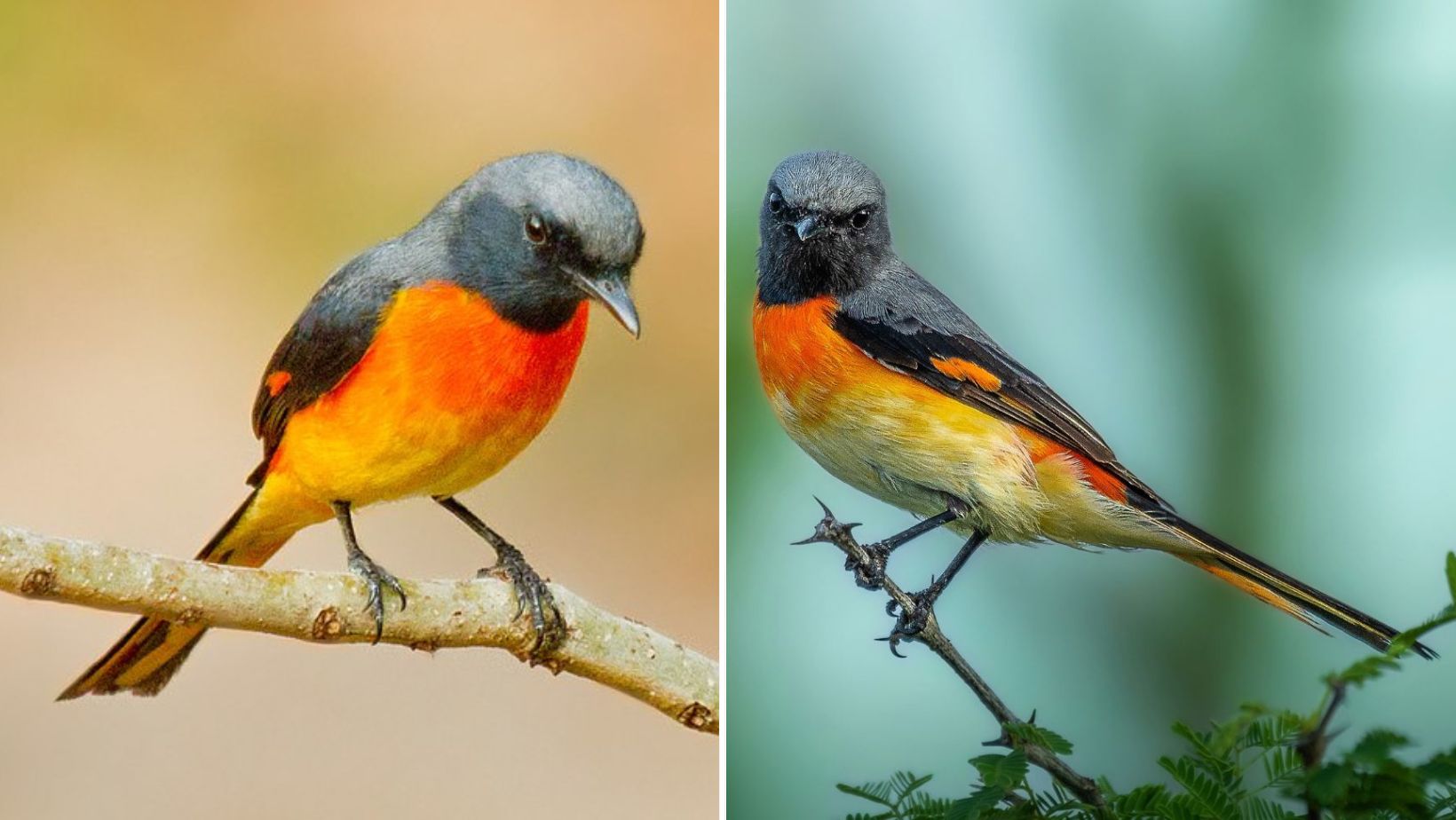
Often observed in compact groups, these birds emit a recurring high-pitched “swee swee” call while actively foraging on insects, maintaining continuous movement.
Meet the Small Minivet:

Description & Identification The Small Minivet (Pericrocotus cinnamomeus) belonging to the cuckooshrikes and minivets family (Campephagidae), is a petite bird, measuring 15 to 16 cm in length and weighing 6 to 12 grams. The male of the nominate subspecies features gray upperparts and orange underparts, with a distinctive dark gray lower forehead.
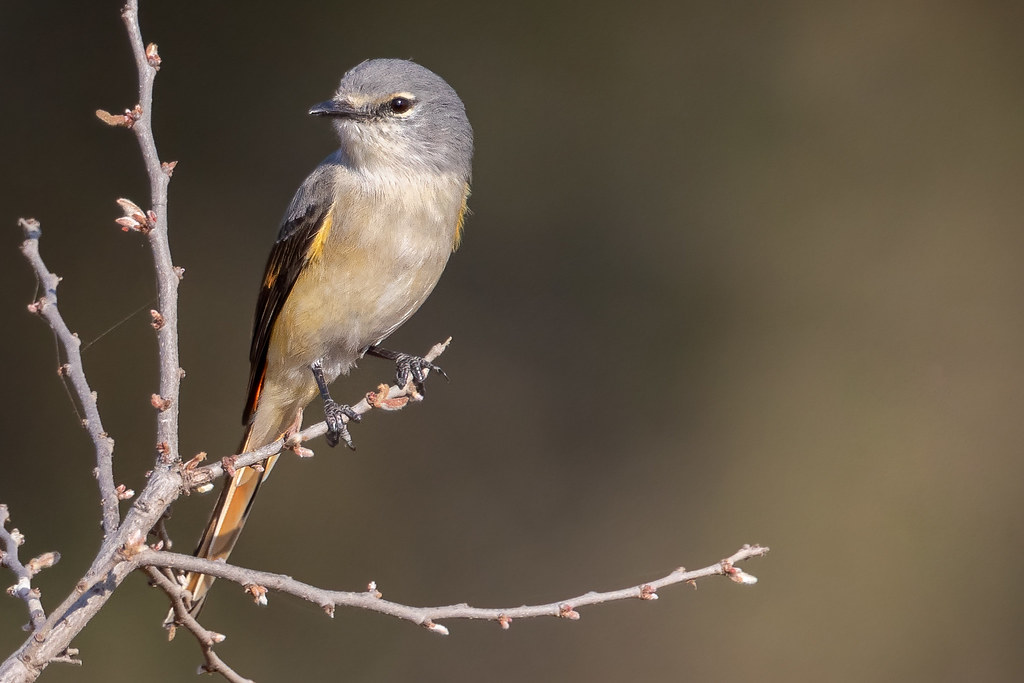
The female, on the other hand, exhibits gray upperparts and whitish or pale creamy yellow underparts.
Related reading:
– Prominent Golden Eyebrows And A Violet Blue Cap Stand Out Against A Veritable Rainbow Of Color!
She possesses a yellow-tipped tail, complemented by a yellow rump and wing patches.

Distribution & Range These minivets are distributed across various countries, including Pakistan, India, Nepal, Bhutan, Bangladesh, Sri Lanka, Myanmar, Thailand, Cambodia, Laos, Vietnam, and Indonesia. In India, they can be found in all states except for arid regions in Rajasthan and are also present in the Andaman Islands.
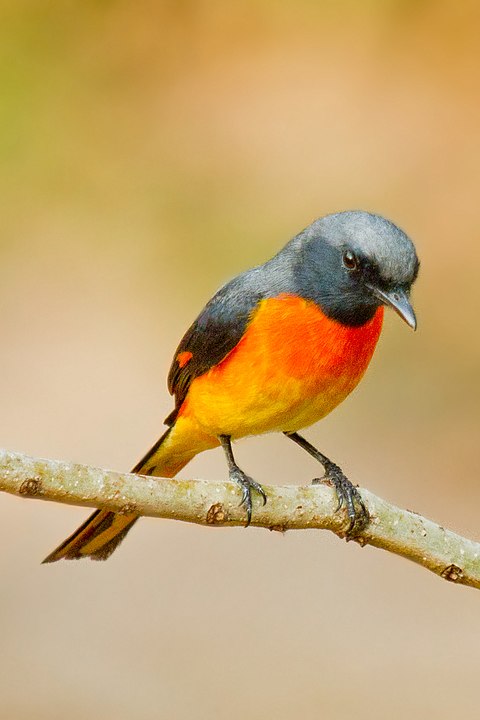
Ecosystem & Habitat The Small Minivet thrives in altitudes ranging from 0 to 1500 meters, showing moderate forest dependence. Their habitats include tropical and subtropical moist lowland forests, tropical dry forests, mangroves, deciduous forests, and tropical and subtropical moist shrublands.

Diet & Feeding Behavior Feeding primarily on insects, these minivets consume a variety of prey such as insect pupae, larvae, caterpillars, moths, beetles, grasshoppers, cicadas, crickets, and locusts. They adeptly glean insect prey from trees and engage in flycatching.
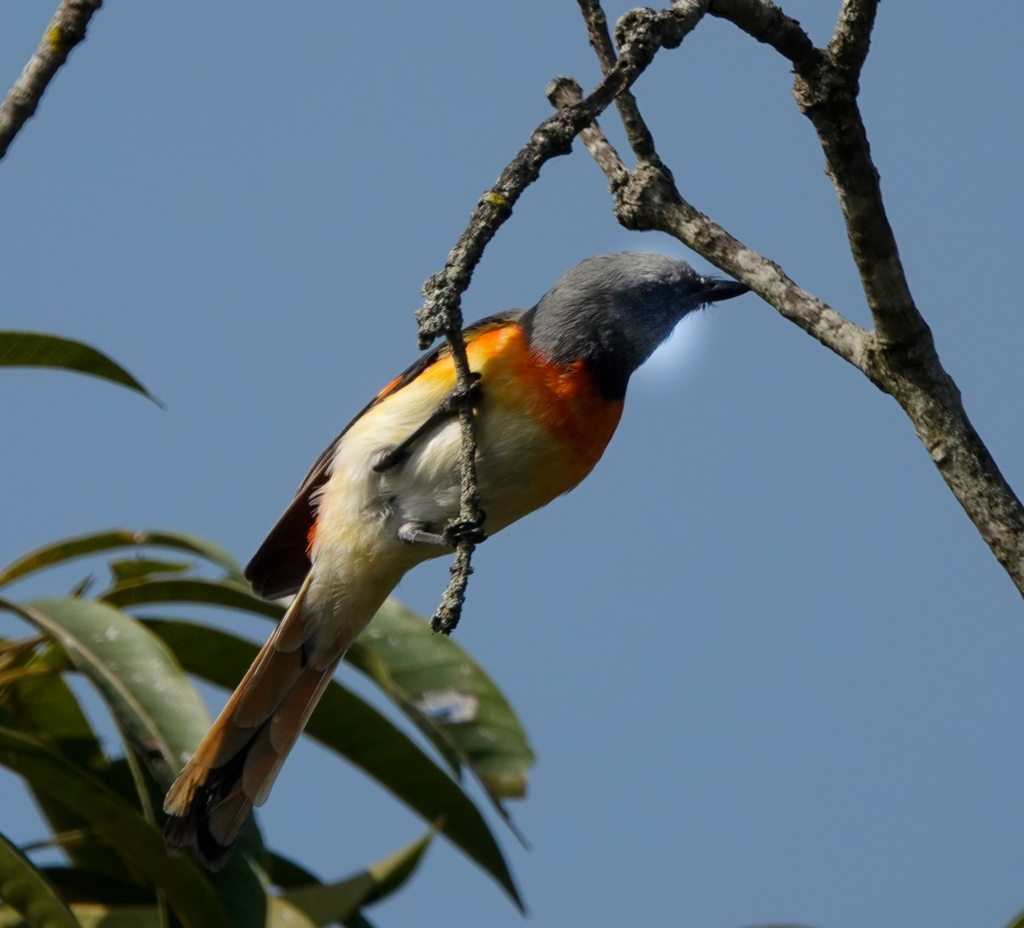
Breeding Habits The breeding season spans from February to November, with some instances of raising a second brood. These monogamous and territorial birds build nests on tree branches and shrubs, crafting small cup-like structures with twigs and leaves. The clutch usually contains two to four blotchy eggs.
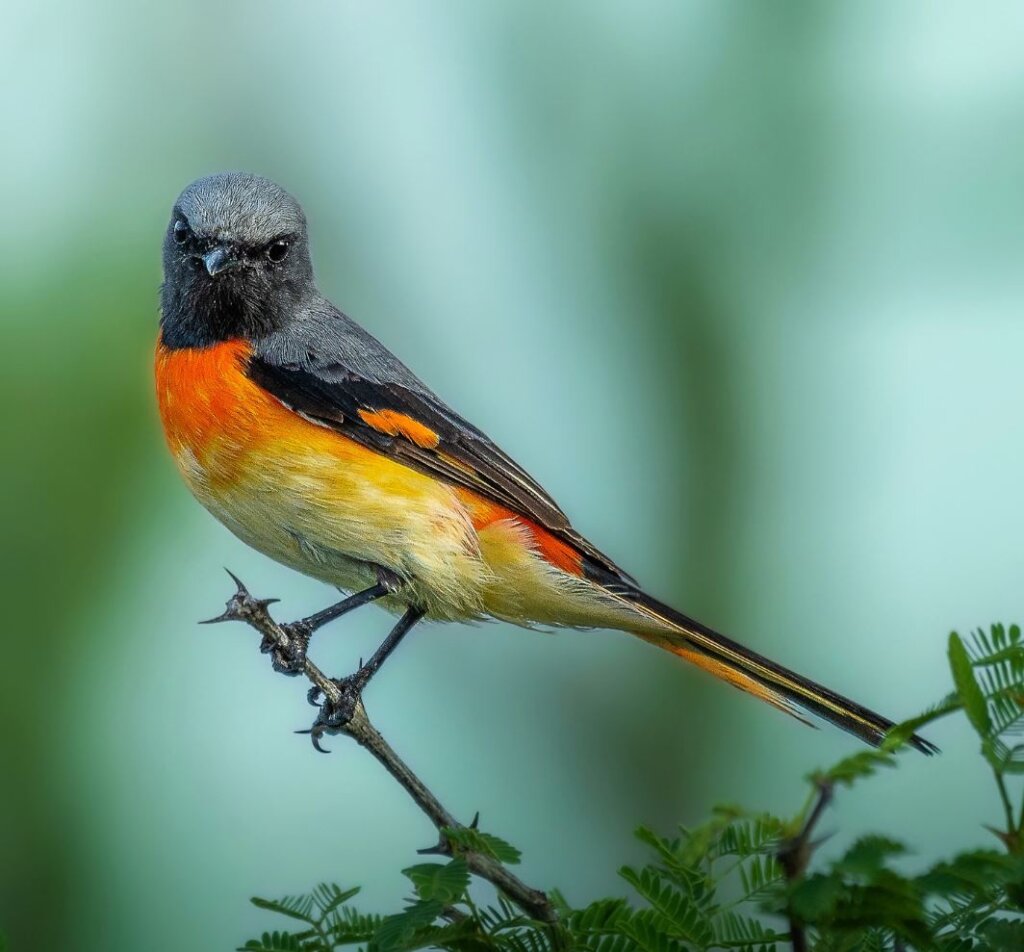
Migration & Movement Patterns Small Minivets are non-migrant residents, dispersing locally after breeding. Populations in higher altitudes may descend to lower levels during winter, and juveniles may disperse and establish in new locations within their range.
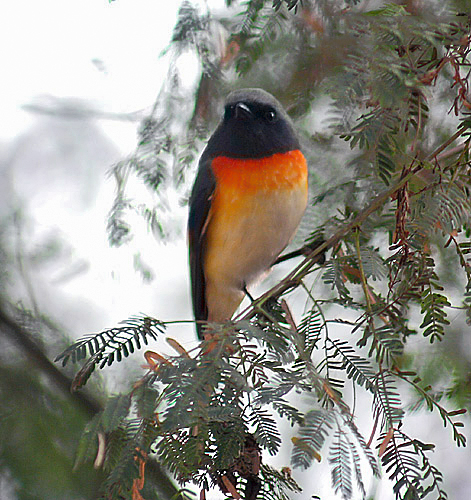
Conservation & Survival While the global population size remains unquantified, the species is considered stable. Although locally very common to uncommon, habitat alteration, deforestation, and capture for the pet trade pose threats. The Small Minivet is currently classified as “Least Concern” by the IUCN.
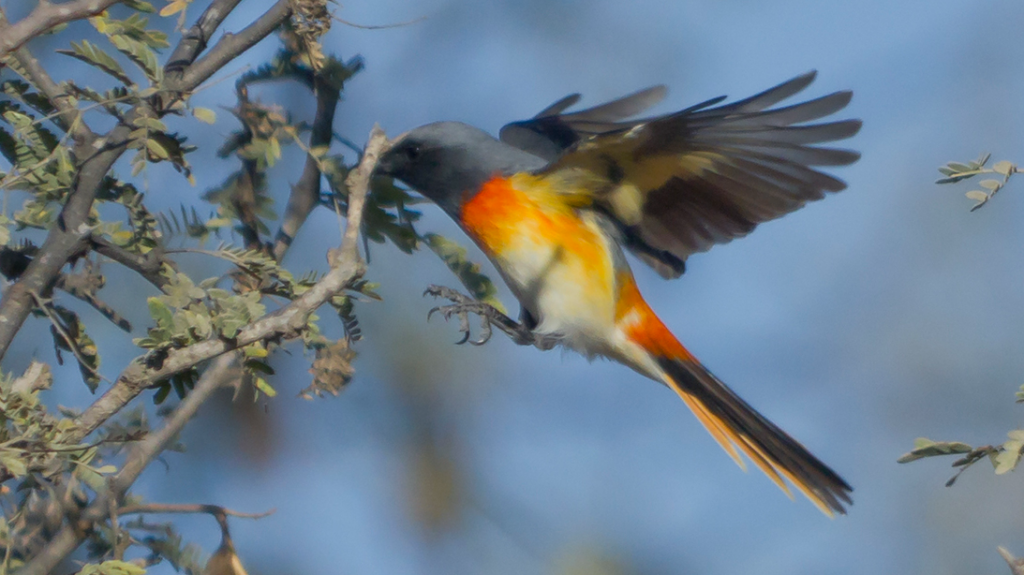
Listen to this bird next:
This article uses material from Wikipedia.org which is licensed under the GNU Free Documentation License via Copyright Wikipedia. Images on this page are the sole property of the photographers (unless marked as Public Domain). Please read the license and or contact the photographers directly before using them for any purpose. Thank you all.
Colorful To The Least, This Eye-catching, Vibrant, Parrot Has Been Proclaimed King For Obvious Reasons!
Please SHARE this article with all your bird-loving friends and family.






